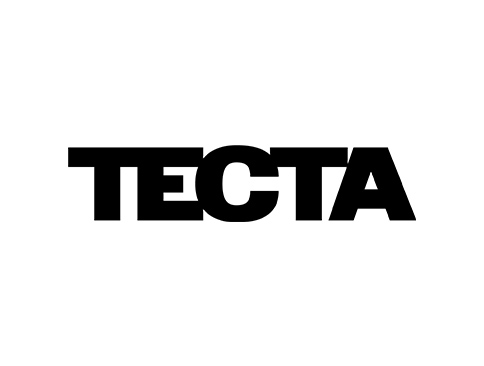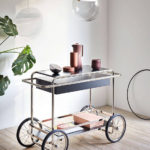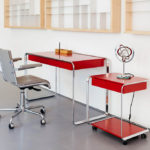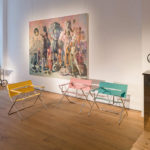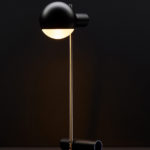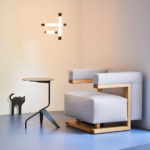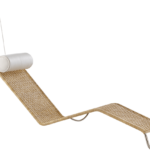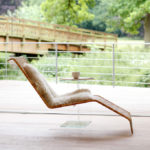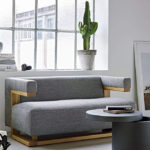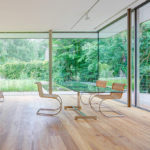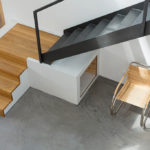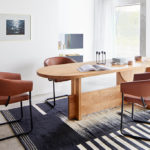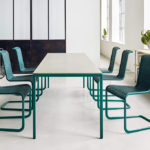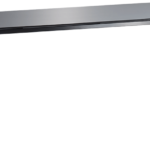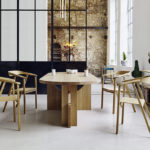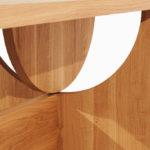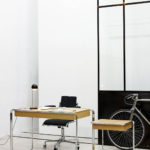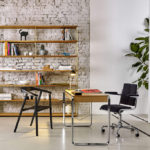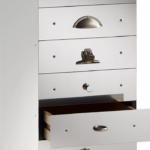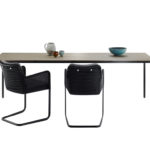Tradition has never been more important and contemporary than it is today: its value is a very precious asset. Tecta is synonymous with the Bauhaus movement, but with a forward-looking, historical approach, impeccable from a philological point of view, but at the same time dynamic and modern.
The town of Lauenförde, which has always been the seat of Tecta, is located along the bank of the Weser river; for over 40 years avant-garde designers have poured into the city with a population of 3,000 inhabitants: the British architects Peter & Alison Smithson, the architect of Mies vander Rohe, Sergius Ruegenberg, Jean Prouvé, Stefan Wewerka of the great thinkers of the Bauhaus, followers of Gropius, founding father..everyone carried out the company’s collection, enriching it with enthusiasm and wisdom.
Today the family business is managed by Christian Drescher, fourth generation of the same family of entrepreneurs passionate about good design, and carries on the same principles. Tecta’s mission is preserved with responsibility and review the best ideas and projects of modernism created by the Bauhaus movement in Weimar or Dessau, respecting them and at the same time ferrying them into the present, thinking about the future to improve and adapt them.
All the pieces are analyzed, studied and improved in continuous evolution, looking for new approaches in innovative materials and techniques, with a very precise mission: to extend the life span of good projects, both from a social and ecological point of view. The constant replacement of the products is considered uneconomic and anti-environmental, for this reason the Tecta catalog is always composed of two pieces, never out of production, continuously improved over the decades in all performances. To this part is added a rich research of new designers and new trends, creating new pieces and collections, to be added to the historical ones. Each copy produced by Tecta is numbered and certified with the Bauhaus originality mark.
Tecta combines craftsmanship, values and family tradition with the Bauhaus school of thought. This is what makes the event so unique with its development cycle and takes care of everything that the Bauhaus movement once taught, merging with traditional craftsmanship.
Among the best known pieces are the original chairs designed by Marcel Breuer in 1925 and 1928, the tilting armchair also by Marcel Breuer from 1927, the original armchair by Gropius from 1920, the Cube armchair by Peter Keler from 1925, the Saturn lamp by Josef Albers from 1926, the L25 lamp by Gerrit Rietveld for the Bauhaus, the famous cradle of Peter Keler’s Bauhaus from 1922, the reclining relaxing armchair by Ludwig Mies van der Rohe from 1931 and the cockpit armchair from El Lissitzky from 1928.
